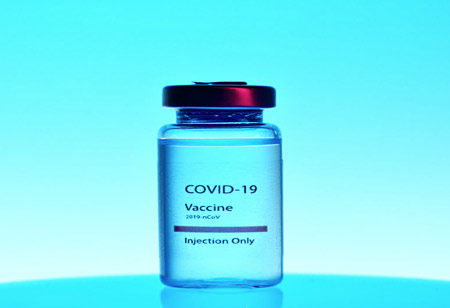Thank you for Subscribing to Healthcare Business Review Weekly Brief
Be first to read the latest tech news, Industry Leader's Insights, and CIO interviews of medium and large enterprises exclusively from Healthcare Business Review
Optimizing Nurse Staffing Models for Better Patient Outcomes
Optimizing nurse staffing models in the ever-evolving healthcare landscape is essential to delivering high-quality patient care and maintaining operational efficiency within hospitals.

By
Healthcare Business Review | Tuesday, December 24, 2024
Stay ahead of the industry with exclusive feature stories on the top companies, expert insights and the latest news delivered straight to your inbox. Subscribe today.
Optimizing nurse staffing models is critical in ensuring quality patient care and efficient hospital operations. By carefully considering patient needs, leveraging technology, and addressing staffing challenges, healthcare organizations can create a compelling and sustainable workforce.
FREMONT CA: Optimizing nurse staffing models in the ever-evolving healthcare landscape is essential to delivering high-quality patient care and maintaining operational efficiency within hospitals. Establishing an appropriate nurse-to-patient ratio is a critical factor that profoundly influences patient outcomes, staff satisfaction, and overall hospital performance.
Staffing models are critical in shaping healthcare delivery, influencing patient outcomes, operational efficiency, and staff satisfaction. Various models are employed to address the dynamic needs of healthcare environments, each with distinct advantages and limitations.
Traditional Staffing Models often adhere to fixed structures that emphasize consistency but may lack flexibility. Fixed staffing ratios, such as assigning one nurse to four patients, provide straightforward guidelines but may not account for variations in patient acuity or unit demands. Similarly, unit-based staffing allocates nurses to specific departments, fostering specialization but potentially hindering responsiveness to fluctuating patient volumes.
Contemporary Staffing Models focus on adaptability and resource optimization. Acuity-based staffing adjusts nurse assignments according to the severity of patient conditions, ensuring critically ill patients receive appropriate care. Flexible staffing pools allow hospitals to deploy nurses to units with higher patient volumes or staffing shortages, enhancing operational agility. Additionally, technology-enabled staffing leverages predictive analytics and real-time data to anticipate staffing needs, facilitating efficient resource allocation and minimizing disruptions.
Effective staffing models in healthcare require careful consideration of several key elements to ensure optimal patient care and nurse satisfaction.
Patient Acuity Systems are pivotal in aligning staffing levels with patient needs. Nurses should be empowered to assess patient acuity using validated tools such as the Nursing Activities Score (NAS). Regular reviews of these assessments are essential to maintain accuracy and consistency across units.
Skill Mix Strategies focus on leveraging the unique capabilities of various nursing roles. Registered






